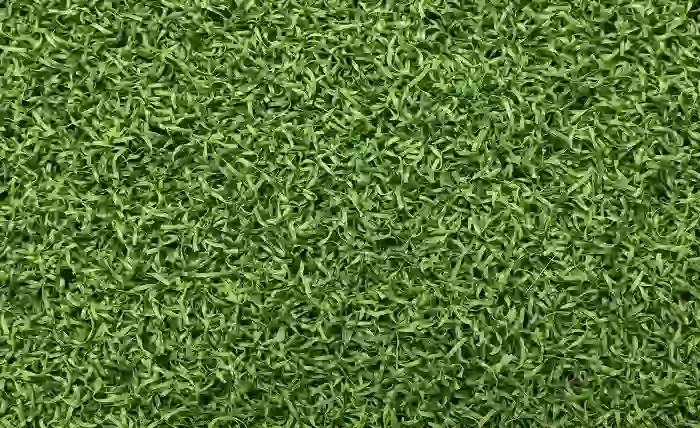Unveiling the Beauty of Diapason Turf: Your Guide to Lush Green Lawns

Are you tired of looking at your lackluster lawn? Do you dream of having a lush green oasis right in your backyard? If so, you’re in the right place. In this comprehensive guide, we will delve into the world of Diapason Turf and how it can transform your lawn into a stunning masterpiece of nature. From understanding the basics to expert tips on cultivation and maintenance, this blog post will cover it all. So, let’s dive into the world of Diapason Turf and unlock the secrets to a beautiful lawn.
What is Diapason Turf?
Defining Diapason Turf
Diapason Turf is a term that has been gaining popularity among gardening enthusiasts and homeowners looking to elevate the aesthetics of their outdoor spaces. At its core, Diapason Turf refers to a specific type of grass variety known for its exceptional qualities, which include a vibrant green color, soft texture, and robust resilience to environmental conditions. But there’s more to it than meets the eye.
The Origin of Diapason Turf
Diapason Turf has its roots in meticulous breeding and cultivation practices. Developed by horticultural experts, it’s a result of years of research and innovation. The term “diapason” itself refers to the full range of tones in music, and much like a harmonious symphony, Diapason Turf creates a visually appealing harmony in your lawn.
Key Features of Diapason Turf
- Rich Green Color: The hallmark of Diapason Turf is its rich, vibrant green color that stays lush throughout the year.
- Soft Texture: Unlike some grass varieties that can feel coarse or prickly, Diapason Turf boasts a soft, inviting texture, making it perfect for lounging and outdoor activities.
- Durability: Diapason Turf is known for its resilience. It can withstand heavy foot traffic, making it ideal for both play and relaxation.
- Disease Resistance: It’s less susceptible to diseases and pests, reducing the need for chemical treatments.
In the following sections, we will explore how you can bring these fantastic features to your own lawn.
Read more about Base Turf: A Website for Horse Racing Tips and Predictions
Cultivating Diapason Turf
Selecting the Right Variety
When embarking on your Diapason Turf journey, it’s crucial to select the right variety for your specific climate and soil conditions. Varieties of Diapason Turf are often tailored to different regions, so consult with local experts or nurseries to find the ideal choice for your area.
Preparing the Soil
Successful Diapason Turf cultivation begins with proper soil preparation. Test your soil to determine its pH level and nutrient content. Diapason Turf thrives in soil with a pH level between 6 and 7 and well-balanced nutrients.
Planting Diapason Turf
- Seeding: If you’re starting from scratch, consider seeding Diapason Turf. Follow the recommended seeding rate for your chosen variety and ensure good seed-to-soil contact.
- Sodding: For a quicker transformation, opt for sodding. Sod is mature grass that is transplanted to your lawn, providing an instant green carpet.
- Watering: Keep the soil consistently moist during the establishment period, usually the first few weeks after planting.
Regular Maintenance
Once your Diapason Turf is established, regular maintenance is crucial for its health and appearance.
- Mowing: Maintain a regular mowing schedule, ensuring you don’t cut more than one-third of the grass height in a single mowing.
- Fertilization: Apply a balanced fertilizer as needed to provide essential nutrients for growth.
- Weed Control: Keep an eye out for weeds and remove them promptly to prevent competition for resources.
- Aeration: Aerating the soil allows air, water, and nutrients to penetrate deeply, promoting healthy root growth.
Diapason Turf Care Tips
Caring for Diapason Turf Year-Round
- Proper Watering: Diapason Turf requires consistent moisture but should not be overwatered. Invest in a rain gauge to monitor natural rainfall and supplement as needed.
- Seasonal Adjustments: Adjust your lawn care routine to the seasons. For example, reduce watering in the fall and winter, and avoid mowing when the grass is wet.
- Pest and Disease Management: While Diapason Turf is generally hardy, it’s essential to keep an eye out for signs of pests or disease and address them promptly.
- Fertilization Schedule: Follow a fertilization schedule tailored to your specific variety of Diapason Turf. This will help maintain its vibrant green color.
- Pruning and Trimming: Trim edges and remove any dead or yellowing grass blades to maintain a tidy appearance.
Troubleshooting Common Issues
Even with the best care, challenges may arise when cultivating Diapason Turf. Here are some common issues and how to address them:
Yellowing or Browning Grass: This can be a sign of nutrient deficiency or inadequate watering. Ensure your lawn receives proper nutrition and adjust your watering schedule as needed.
Bare Spots: Diapason Turf should fill in bare spots over time, but you can expedite the process by overseeding in the spring or fall.
Weed Invasion: Use a selective herbicide to target weeds without harming your Diapason Turf. Hand pulling can also be effective for isolated weeds.
Disease or Pest Damage: Consult with a local gardening expert or extension service to identify the issue and follow their recommended treatment plan.
The Aesthetics of Diapason Turf
Designing Your Outdoor Space
Diapason Turf not only provides a vibrant green canvas but also enhances the overall aesthetics of your outdoor space. Consider these design elements:
- Pathways and Borders: Define your lawn with well-maintained pathways or flowerbed borders.
- Garden Features: Incorporate garden features like sculptures, fountains, or seating areas to create focal points within your lawn.
- Outdoor Lighting: Install outdoor lighting to enjoy your Diapason Turf’s beauty even during the evening hours.
- Garden Decor: Add decorative elements such as colorful flower pots or garden ornaments to infuse personality into your outdoor space.
Seasonal Accents
Diapason Turf can be complemented by seasonal plantings, adding bursts of color and texture throughout the year. Consider planting seasonal flowers, shrubs, or ornamental grasses to create a dynamic and ever-changing landscape.
Conclusion
Diapason Turf is more than just grass; it’s a gateway to transforming your outdoor space into a lush, inviting haven. From selecting the right variety to meticulous care and creative design, this guide has walked you through the steps to achieve a beautiful and vibrant lawn.



